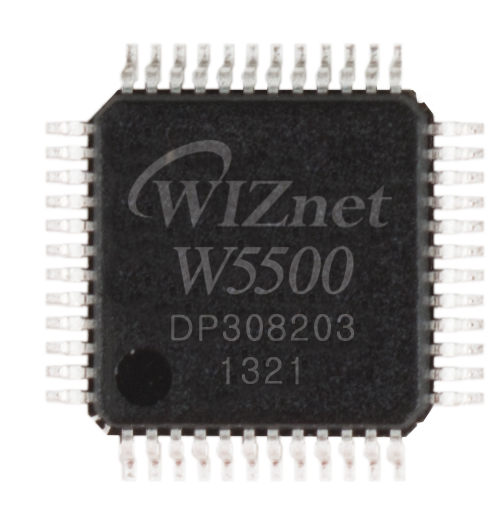Pico-In-Out-over-WIZnet-Ethernet
Using the Raspberry Pico inputs and outputs over Ethernet with the WizNet W5500 Lite module and TCP Client-Server

Project Overview
The "Pico-In-Out-over-Ethernet" project harnesses the capabilities of the Raspberry Pi Pico and the WizNet W5500 Lite module to control inputs and outputs over an Ethernet connection. This innovative system is structured around two primary components: a TCP client running on the Raspberry Pi Pico, and a TCP server based on a Qt framework.
Technical Specifications
- Client Device: Raspberry Pi Pico
- Ethernet Module: WizNet W5500 Lite
- Communication: TCP Client-Server architecture
- Programming: C++ for hardware interaction, Qt for server interface
System Architecture
- TCP Client (Raspberry Pi Pico): This component transmits the status of inputs and outputs to the server. It leverages the Ethernet capabilities of the W5500 Lite module to ensure reliable communication over network infrastructures.
- TCP Server (Qt-based GUI): This server-side application receives data from the client, displaying the status and allowing control through a user-friendly graphical interface. It facilitates real-time monitoring and control of the connected devices.
Hardware Design
- Head Board: Central control board managing core functions and Ethernet communications.
- Extension Board 8I-8O V0.1: Accommodates additional inputs and outputs, enhancing the system’s scalability and adaptability for various applications.
Use Cases
This project is particularly well-suited for IoT applications requiring remote monitoring and control of hardware. Potential applications include:
- Industrial Automation: Streamlining processes through real-time data collection and machine control.
- Educational Tools: Teaching networking and hardware interface concepts in academic settings.
- Home Automation: Enabling advanced home automation systems to be controlled remotely via the internet.
Development and Expansion
The open-source nature of the "Pico-In-Out-over-Ethernet" project encourages ongoing development and community contribution. Future enhancements could include integrating more sensors, improving security protocols, and developing a web-based interface for broader accessibility.
Conclusion
The "Pico-In-Out-over-Ethernet" is an exemplary project that demonstrates the integration of microcontroller-based hardware with network communication for effective remote management. It offers a robust platform for developers and engineers to build upon, providing a practical and educational resource for the IoT and beyond.


